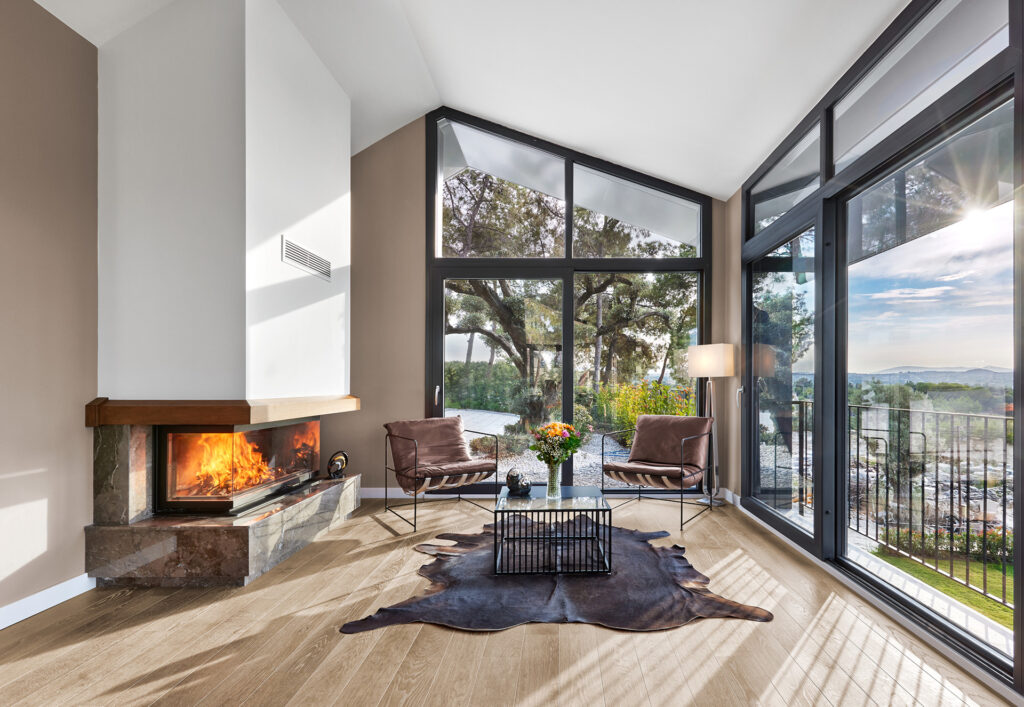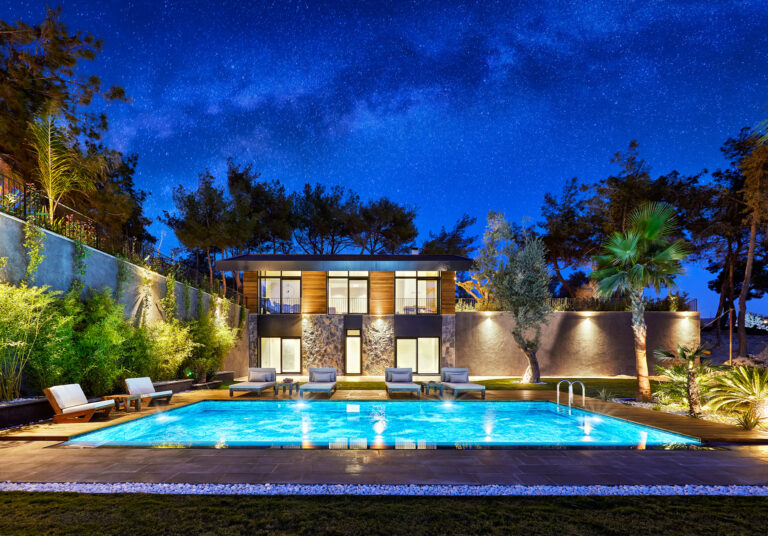The need for space in both individuals and society necessitates the development of interior architectural work. This need for space encompasses the requirement for adequate room for objects and activities, the necessity for security to ensure our survival, and the need for comfort and aesthetics to enhance our quality of life. Interior architecture is a design discipline that addresses these needs by creating and organizing spaces.
Designing physical spaces should be approached holistically, encompassing not only the overall layout but also the selection of furniture and hardware products within that space. With the advancement of technology, the design emerges from various needs and presents ample opportunities to enhance aesthetics and functionality, providing a richer experiential dimension.
Adopting a human-centered design, this approach defines the current and future scope of design.
Given the multifaceted nature of the interior architecture profession and its integration with various disciplines, the process demands professional management and the involvement of an expert interior architect for finalizing the design. An interior architect is responsible for comprehensively assessing the space’s requirements, organizing it based on its intended function, considering aesthetic values, and ultimately creating the interior design.
In addition to providing interior design services for buildings and residences, interior architects meticulously design living spaces and functional areas with meticulous attention to detail and precise calculations.





